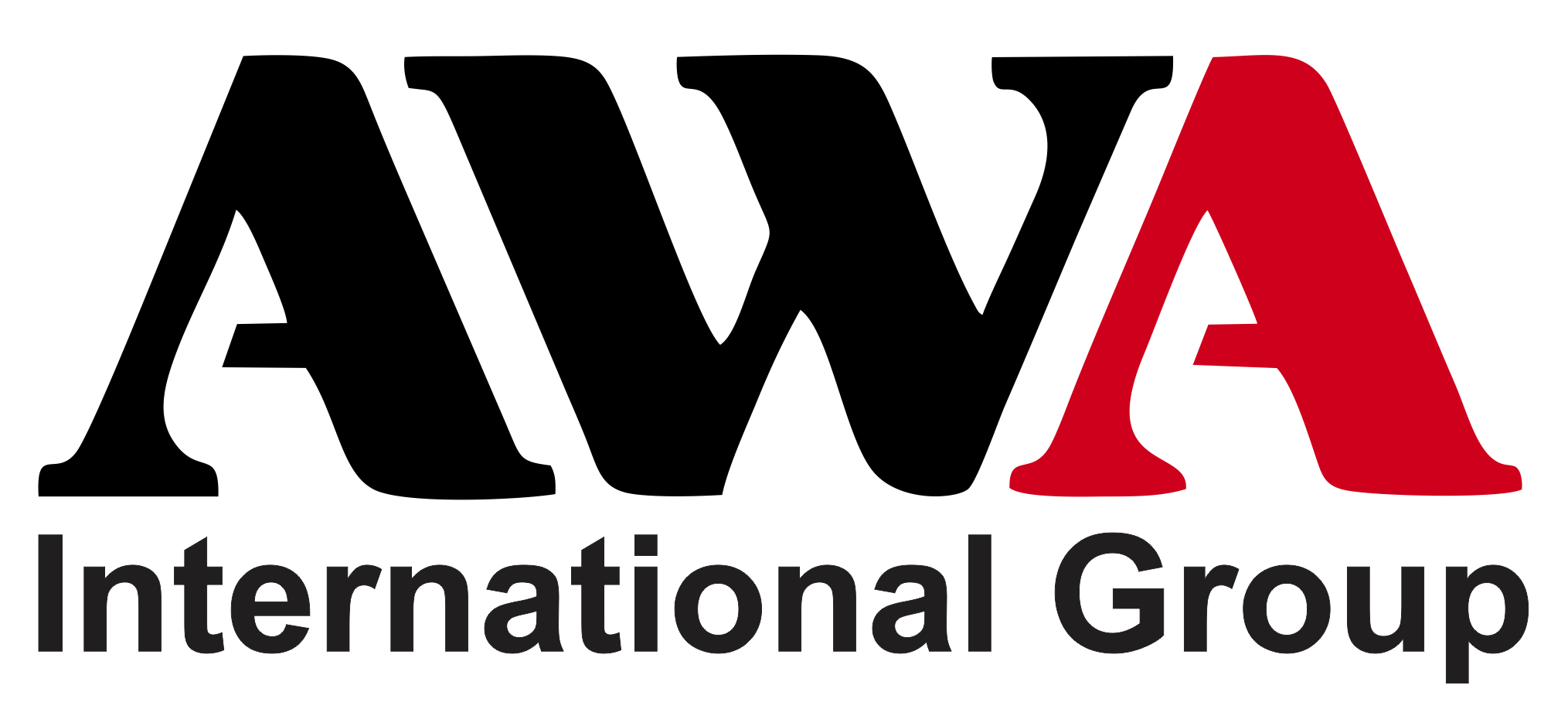
WHEAT as an excellent energy source for farm animals has a big variety depends on the region. Its worldwide availability make it one of the most used grains. From the other hand it's a rich source of protein. It can be fed in different ways in association with other ingredients or mixed and processed into pellets. The inclusion of wheat in feeds depends on the relative market prices of the major feed grains. When other grains are expensive, wheat becomes a valuable option, however for human consumption just high quality wheat will be chosen.
Although wheat contains more protein and lysine than corn, the balance of amino acids in wheat is rather poor. This means poultry and swine diets formulated with wheat should be balanced on an amino acid basis, not a crude protein basis. Replacing corn with wheat on an equal protein basis decreases the dietary amino acid content of the feed and can result in poorer animal performance.
As with many other cereal grains, wheat is primarily a source of energy in the form of carbohydrates. Available energy expressed as either digestible energy or metabolizable energy is higher per unit of dry matter relative to corn, than other major grains.
The amino acid distribution of wheat is better than that of most cereal grains, and wheat is a very palatable and digestible feed, having a relative value equivalent to corn for most animals.
